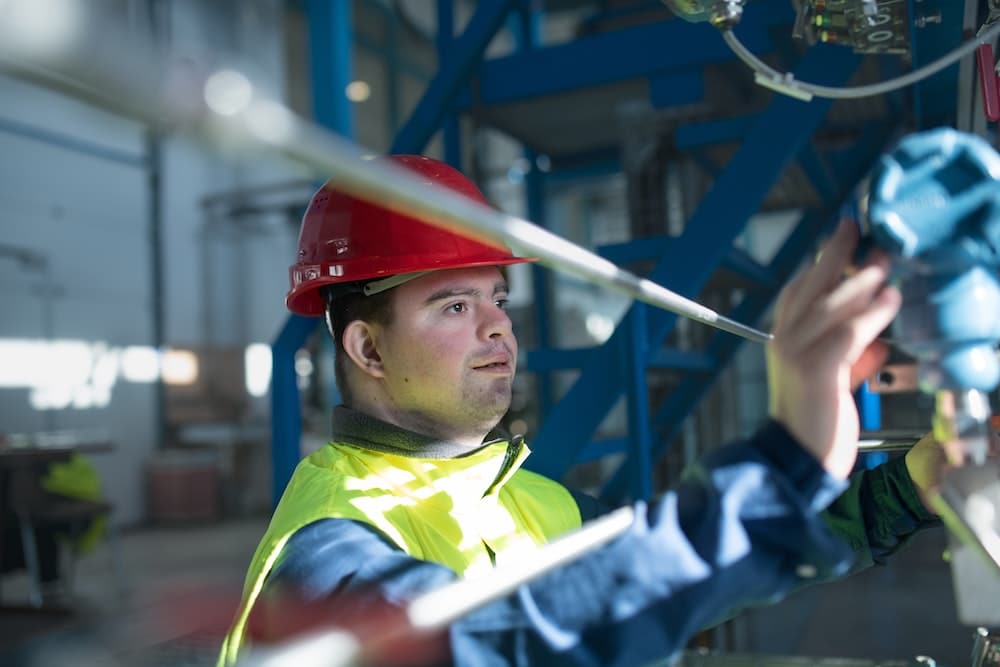How to Integrate Aging-in-Place Features into New Housing Developments?

The concept of aging-in-place is gaining traction across the globe, and for good reasons. According to the AARP, nearly 90% of adults prefer to age in their own homes. However, most houses aren’t designed to meet the unique needs of older residents. As new housing developments continue to sprout up nationwide, it’s high time that developers and policymakers consider integrating aging-in-place features to cater to the growing aging population. How can this be achieved? Let’s delve into critical aspects of this subject matter.
Retrofitting Existing Units for Aging-in-Place
Before we explore new developments, it’s worth mentioning how existing units can be retrofitted to offer aging-in-place features. Most homes are built for young families, a demographic that doesn’t prioritize aging-in-place considerations. However, with a significant percent of homeowners aging, there’s a need to retrofit these existing units to accommodate their evolving needs.
A lire également : How Can Real Estate Developers Utilize Local Materials to Reduce Carbon Footprint?
One of the significant ways to retrofit a home is through home modifications. These may include widening doorways and hallways for easy movement, especially for those who use wheelchairs or walkers. Installing grab bars and non-slip flooring in bathrooms and other slippery areas can significantly enhance safety for older adults. Moreover, adjusting the height of kitchen and bathroom fixtures and adding task lighting can make a world of difference for aging homeowners.
Incorporating Universal Design Principles in New Developments
When it comes to new housing developments, incorporating universal design principles offers an effective strategy to cater to the aging population. The state of the art universal design principles focus not only on aesthetic but also on usability and accessibility, ensuring spaces are safe and comfortable for all residents regardless of their age or physical health.
A lire également : How to Implement Sustainable Drainage Systems in New Real Estate Projects?
Housing units constructed with these principles in mind will not need significant renovations or retrofits later to cater to older adults. Bathrooms and kitchens would be designed with easily reachable counters and cabinets, and appliances that are safe and easy to use. Hallways and doorways would be wide enough to accommodate wheelchairs or walkers. Essentially, every feature of the house would be designed with the consideration that the resident might age in the home.
The Role of Policy in Promoting Aging-in-Place Housing
While retrofitting and universal design are effective strategies, they’re not sufficient on their own. Policy plays a vital role in promoting the integration of aging-in-place features in new housing developments. Without the right policies, the goal of making all homes age-friendly may remain an elusive dream.
Policymakers can enforce building codes that require all new constructions to incorporate aging-in-place-friendly features. They can also incentivize developers to create such houses through tax breaks and other financial incentives. It’s crucial for state and local governments to work closely with developers, architects, and home builders to create these policies and implement them effectively.
The Impact of Aging-in-Place on Healthcare and Safety
Integrating aging-in-place features into new housing developments has a significant impact on healthcare and safety for older adults. When seniors can live in a safe, comfortable, and familiar environment, their overall health and wellness often improves. They experience fewer injuries from falls and other accidents common in homes not designed with their needs in mind.
Furthermore, many aging-in-place features are synonymous with wellness design, which promotes healthy behaviors. For instance, a well-lit home reduces eye strain and the risk of falls. Easy-to-use fixtures lessen the risk of strain and overexertion. When homes are designed with these features, they can significantly reduce healthcare costs associated with treating such issues.
The Future of Aging-in-Place and Housing Developments
The integration of aging-in-place features in new housing developments is not just a trend but a necessity. As the population ages, this will become an increasingly important aspect of housing design. Developers that adapt to these changing needs will find themselves ahead of the curve, offering properties that are not only attractive but also cater to a growing market.
Technology will also play a compelling role in this future. From smart homes that monitor health and provide reminders to take medication, to homes built with materials that are easy to clean and maintain, technology will be key in enabling seniors to live independently for longer.
While we’re gradually seeing more recognition of the need for aging-in-place housing, there’s still a long way to go. However, with the right approaches, partnerships, and policies, it’s a goal within reach—creating housing that allows residents to age comfortably and safely at home.
The Importance of Mental Health and Outdoor Spaces in Aging-in-Place Developments
Amid the discussions on accessibility and safety in age-friendly housing, it’s equally important to consider the mental health of older adults in the built environment. Mental health significantly contributes to the overall wellness of older adults, and housing units should be designed in ways that promote mental well-being.
One way to achieve this is through the incorporation of outdoor spaces in housing developments. Green spaces, gardens, and parks within the housing community can offer a soothing environment that positively impacts mental health. Nature has been known to have a therapeutic effect, reducing stress and promoting relaxation.
A well-designed outdoor space can also serve as a social hub, encouraging interaction among the residents, thus combating loneliness and isolation, common issues faced by many older adults. Besides, outdoor spaces can provide a safe environment for exercise, further enhancing health and wellness among the residents.
Community housing designs should also consider the proximity to support services. Easy access to healthcare facilities, shopping centers, and social amenities can significantly enhance the quality of life for older adults. Such considerations ensure that residents can remain in their homes and continue to be active and engaged in their communities, further promoting mental health.
Future Trends and Recommendations for Age-Friendly Housing
Looking at the future, it’s apparent that the integration of aging-in-place features into new housing units will be a cornerstone in housing developments. With rising healthcare costs and an increase in the percent of adults reaching retirement age, age-friendly housing options are no longer just desirable, but essential.
Innovative technologies will help to revolutionize aging-in-place, making it easier and safer for older adults to remain in their homes. Smart homes equipped with telemedicine capabilities, for example, allow residents to access healthcare services without leaving their homes. Other technological advancements might include home automation systems for controlling lighting, heating, and security, which can help to enhance the comfort and safety of residents.
However, it’s essential to remember that technology alone cannot fully cater to the needs of older adults. The built environment must be designed with accessibility, safety, and mental health in mind. The standard housing units must become a thing of the past, and new developments must consider the unique needs of older adults.
Housing providers should collaborate with healthcare providers, community organizations, and residents themselves to understand their needs and preferences. This will ensure that the houses built not only adhere to the terms and conditions set by the policymakers but are also practical and desirable for the end-users.
In conclusion, the integration of aging-in-place features into new housing developments is an imperative step towards a more inclusive, comfortable, and healthy future for our ageing population. The goal should always be to create a built environment where people of all ages can live with dignity, independence, and a high quality of life. With the concerted efforts of all stakeholders, this is a goal that is entirely achievable.
